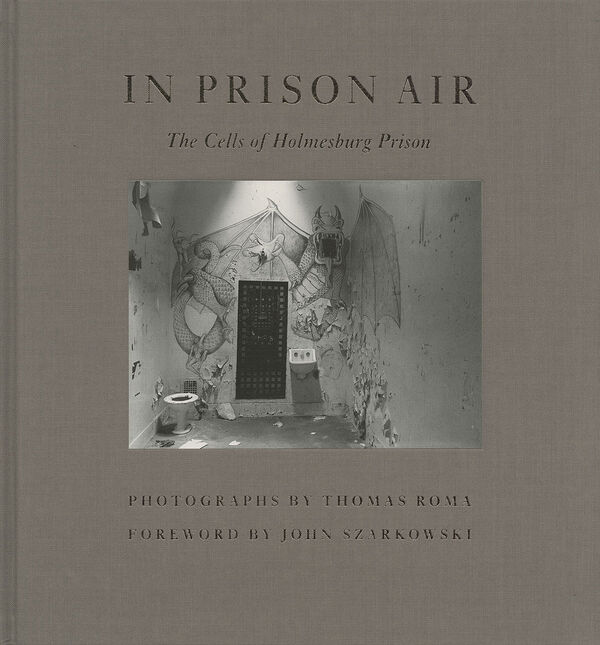Contact
art book cologne GmbH & Co. KG
Deutzer Freiheit 107
50679 Köln
Germany
Opening hours (office and showroom):
Monday to Friday 8 – 17
info@artbookcologne.de
Phone: +49 221 800 80 80
Fax: +49 221 800 80 82
About us
art book cologne, founded by Bernd Detsch in 1997, is a wholesale company and specializes in buying and selling high quality publications in art, art theory, architecture, design, photography, illustrated cultural history and all related subjects internationally. Our team includes specialists in art, culture, music, book trade and media but in spite of our diversity we have one common ground: the enthusiasm for unique art books.
We purchase remaining stocks from museums, publishers and art institutions. We sell these remainders to bookstores, museum shops, and art dealers all over the world.
Thomas Roma – In Prison Air
| Publisher | PowerHouse Books |
| Year | 2005 |
| Cover | Cloth |
| Language | English |
| ISBN | 978-1-57687-257-4 |
| Pages | 96 |
| Weight | 1223 g |
| Illustrations | with 44 ills |
| More | |
| Contributors | John Szarkowski |
| Museum / Place | New York |
| Article ID | art-11393 |
In 1999, photographer Thomas Roma found himself within the walls of Philadelphia’s Holmesburg Prison, one of the most notorious prisons in the United States, doing a special photographic project for Steve Buscemi’s Animal Factory. During downtime Roma wandered through this nineteenth-century fortress, walking in and out of many of its seven hundred or so cells. After Holmesburg’s inception in 1896, it quickly became the prison for Philadelphia’s worst criminals, eventually packing up to five prisoners into six by eight foot cells designed for single-occupancy.
After leaving the site, Roma found his mind often inhabiting the space of the prison with its halls of flaking paint and graffiti-covered cells. Overwhelmed by the evidence of the lives spent inside those small rooms, Roma returned to photograph on his own, creating the images now collected for „In Prison Air. The Cells of Holmesburg Prison“.
Holmesburg, closed in 1997, is perhaps most well known for a series of scientific experiments carried out on its prisoners over a period of twenty-five years. Sponsored by the U.S. Army, the CIA, the University of Pennsylvania, The Dow Chemical Company, and Johnson & Johnson, the experiments tested the effects of substances ranging from deodorants and hair dyes to LSD and BZ to radioactive isotopes and chemical warfare agents. The cells are now empty of the men that endured their squalor, but their presence remains through the detritus and graffiti accumulated over the prison’s century-long history, etched indelibly into Roma’s master lens.

